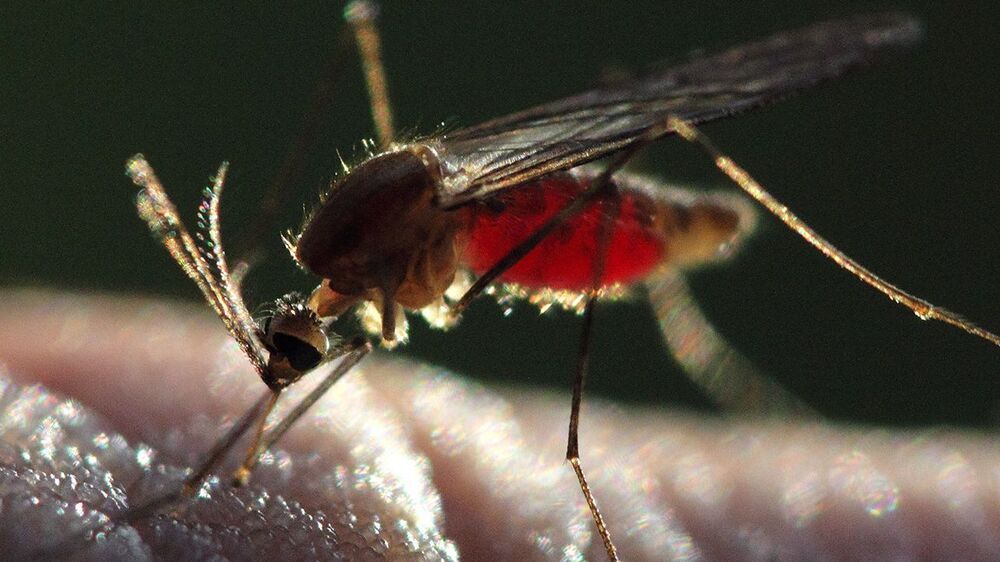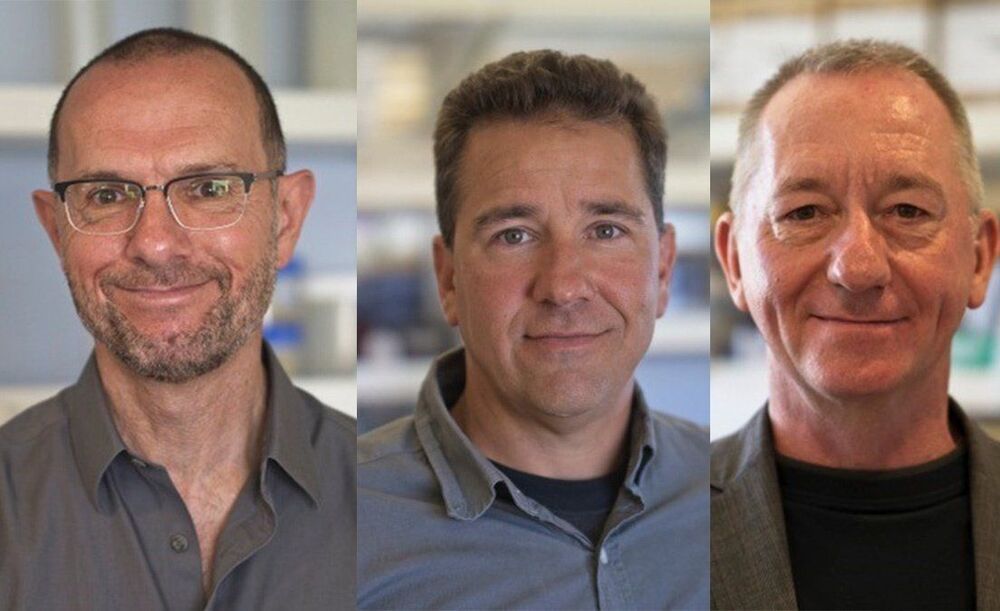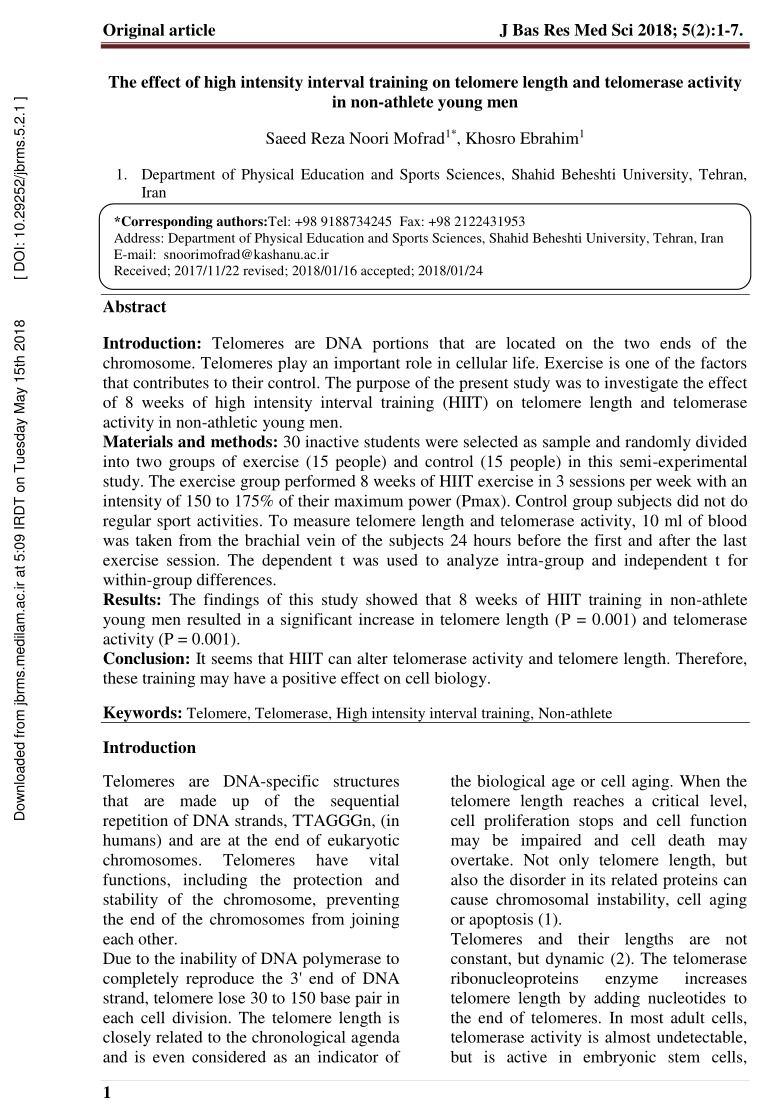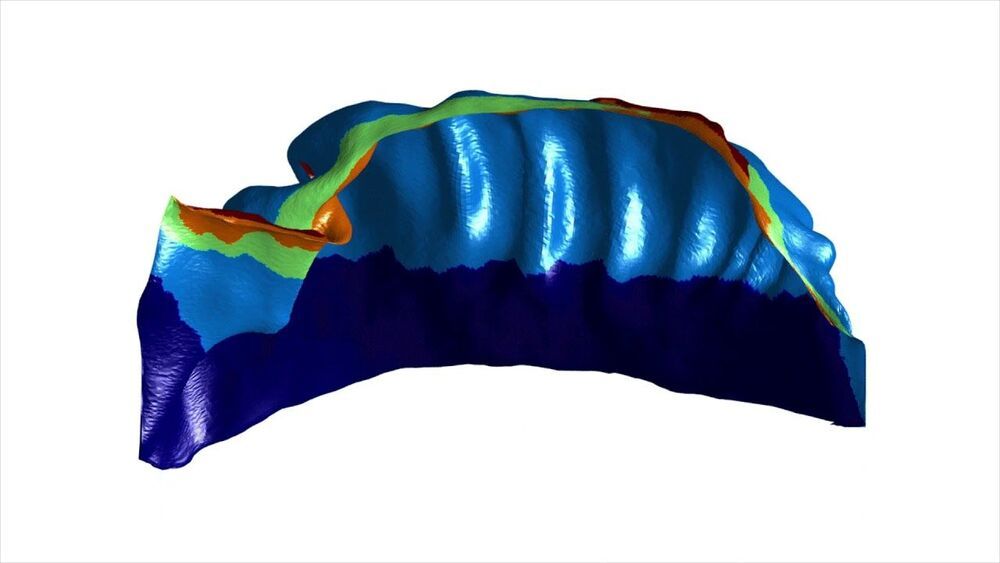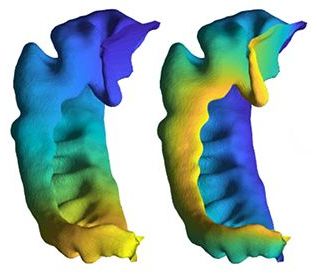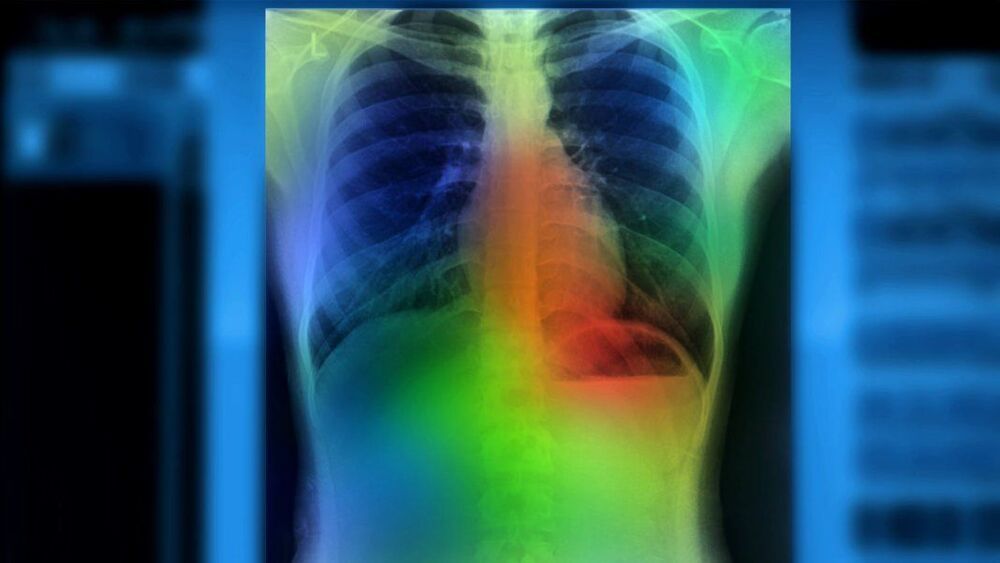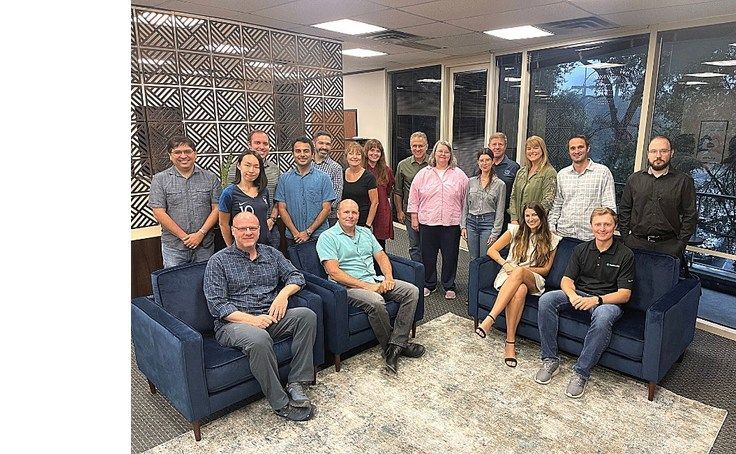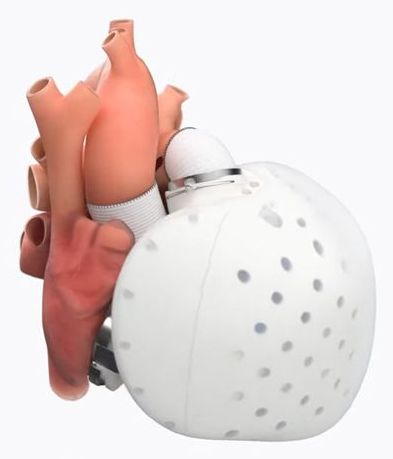He is absolutely correct. If anything he down played the danger.
In addition to fewer people being born than dying, it’s that, with life spans now far greater than ever before, the percentage of the population MOST in need of medical services will increase at the same time, with fewer doctors, fewer nurses, fewer researchers, and far more resources needed for all of it.
To put it in a more cinematic way, think less “Soylent Green” and more “I Am Legend”.
Elon Musk tweeted Monday that population collapse could be the “greatest risk” to humanity’s future.

